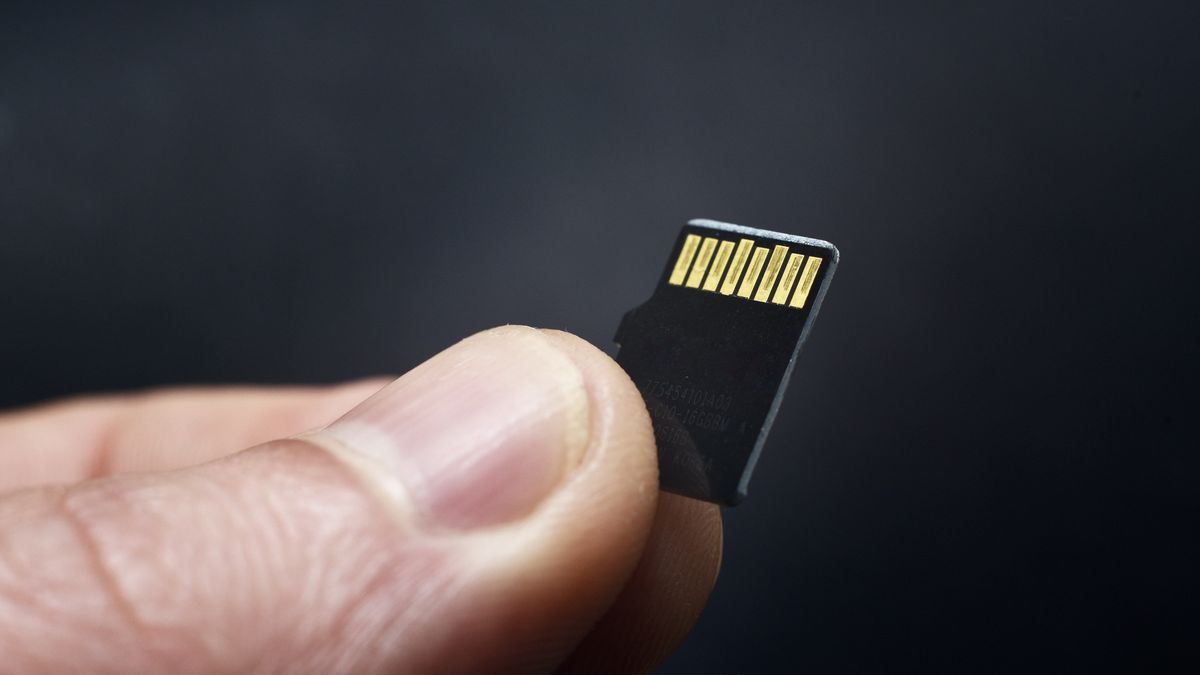SD 9.1 Standard Unveiled, Doubling Speeds of MicroSD Cards
In exciting news for technology enthusiasts, the SD Association (SDA) has unveiled the SD 9.1 standard, which promises to revolutionize the speed and performance of microSD cards. The next generation of SD Express memory cards will feature speeds of up to 2GB/s, effectively doubling the capabilities of the best microSD cards available today.
SD 9.1 utilizes PCIe Gen4 technology, allowing the new SD cards to deliver an impressive 1,969MB/s. This is more than double the maximum speeds introduced with the first microSD protocol in the SD 7.1 specification. To put this into perspective, the best portable SSDs typically reach speeds of around 1GB/s.
Currently, SD Express memory cards are classified into four varieties – SD Express Seed Class 150, 300, 450, and 600. These numbers correspond to minimum read and write speeds measured in MB/s. As a result, microSD cards can range anywhere from 0.15GB/s to 0.6GB/s.
The implications of these advancements are significant. With the increased speeds, users will be able to transfer a Blu-ray movie, which is approximately 25GB in size, in just 12.5 seconds. Moreover, these speeds will also facilitate the smooth transfer of massive 8K video files, making SD 9.1 microSD cards ideal for handling high-resolution content.
The SD Express Speed Classes are available on SDXC, SDUC microSDXC, and microSDUC memory cards. These classes rely on advancements in memory technology used in creating the storage standard. Hiroyuki Sakamoto, the president of SDA, highlighted the importance of these performance standards, stating, “By defining minimum assured sequential performance standards for SD Express memory cards, the SDA helps both device manufacturers and consumers ensure the best recording and playback of all types of content.”
The SD Association’s decision to double the speed of microSD Express to 2GB/s provides product manufacturers with more storage options capable of handling demanding storage needs. This will make SD Express memory cards an attractive and environmentally friendly choice, as they will be easier to repair and upgrade.
SD Express utilizes NVMe specifications and offers various power management settings through maximum power levels. These power level values are set by the host device to effectively manage temperature and ensure consistent speeds over extended periods of file transfers.
Professionals in the creative industry, who regularly work with large files, will greatly benefit from memory cards built on this latest standard. SD 9.1 microSD cards are specifically designed for transferring slow motion videos, raw data, 8K videos, and footage from 360-degree cameras, making them a versatile tool for a variety of use cases.
The introduction of SD 9.1 will undoubtedly redefine the capabilities of microSD cards, setting a new standard in the industry. With its impressive speeds and enhanced performance, these memory cards are poised to meet the increasing demands of modern technology, providing users with a seamless and efficient storage solution.
Stay tuned to TechRadar Pro for more updates on the latest technological advancements and industry news.

I have over 10 years of experience in the cryptocurrency industry and I have been on the list of the top authors on LinkedIn for the past 5 years.

